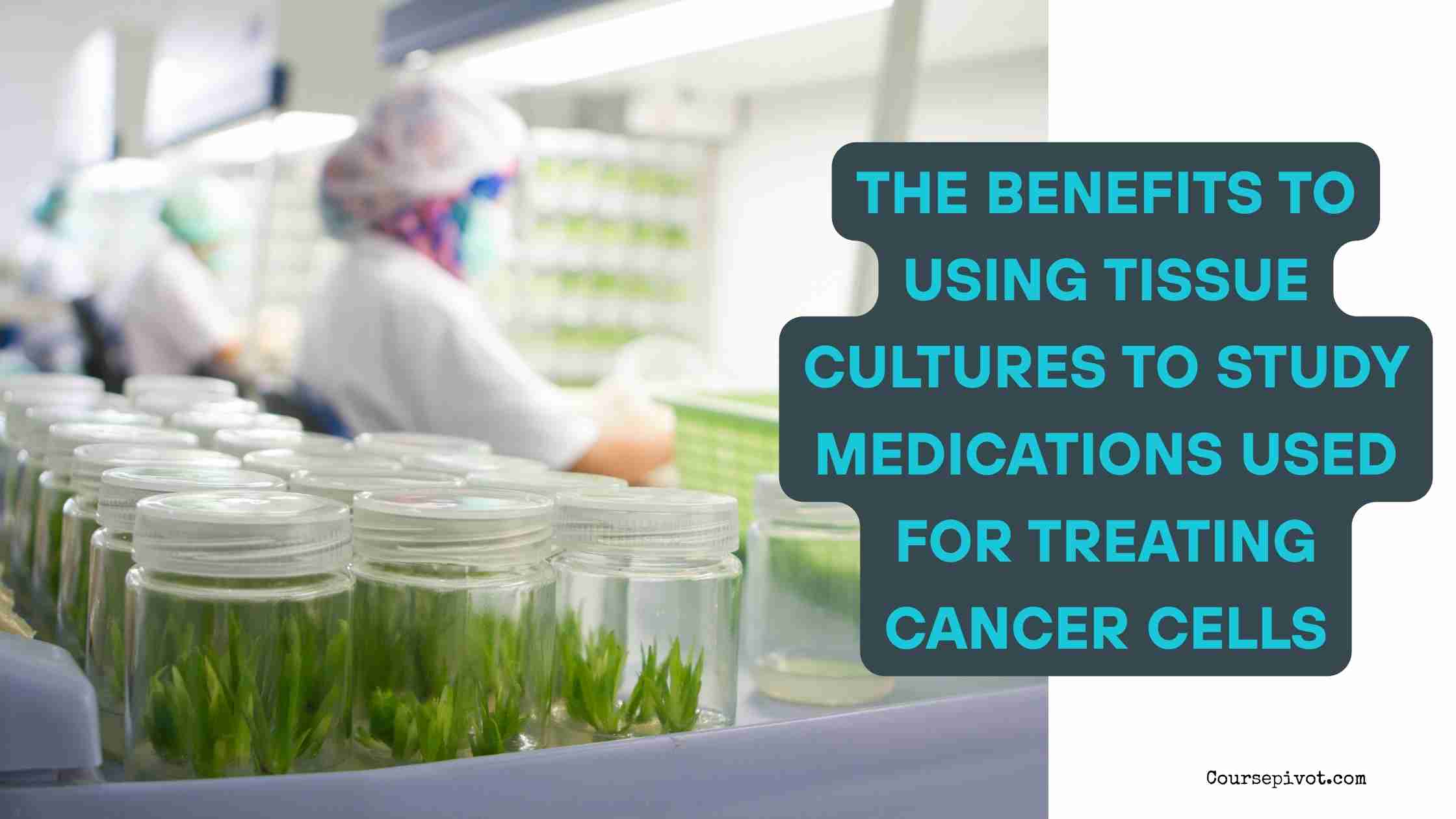
The Benefits to Using Tissue Cultures to Study Medications Used for Treating Cancer Cells
If you’ve ever wondered how scientists discover which drugs work against cancer, it all starts in the lab—often with something called tissue cultures. But what are these, and why are they so valuable in the fight against cancer?
Tissue culture involves growing cells outside the body in a controlled environment. This technique gives researchers a window into the inner workings of cancer cells—and a safe, replicable method to test how medications affect them.
“Tissue cultures are like a dress rehearsal before the actual performance in the human body.”
When I first learned how medical scientists test drugs, I was amazed by how many cancer breakthroughs started in a petri dish. It’s through tissue culture studies that we begin to understand what slows cancer growth, what kills it, and what causes it to resist treatment.
Table of Contents
So, what are the benefits to using tissue cultures to study medications used for treating cancer cells?
Let’s explore how this method is transforming cancer research—and saving lives in the process.
What Are Tissue Cultures?
Before diving into the benefits, let’s briefly understand what tissue cultures are.
- Tissue cultures are living cells grown in a lab from animal or human tissue.
- These cells are placed in a nutrient-rich solution and monitored as they grow.
- Scientists use cancer cell lines grown this way to observe behavior, mutation, and response to medications.
The advantage? Everything happens outside the human body, allowing full control over the environment, dosage, and observation.
- Read our blog on Why I Was Recalled After a Mammogram
Key Benefits of Using Tissue Cultures in Cancer Medication Research
1. High-Level Control and Precision
When studying how cancer drugs work, the ability to control every variable—temperature, pH, oxygen, and drug dosage—is essential.
Tissue cultures offer a level of precision that the human body simply can’t provide. This helps researchers isolate the drug’s exact effects on the cancer cells without interference from other systems.
2. Faster and Safer Drug Screening
Testing medications directly in humans is risky and slow. With tissue cultures, scientists can run multiple tests quickly and without danger.
- Hundreds of compounds can be screened at once.
- Ineffective or toxic ones are filtered out early.
- Only the most promising treatments move forward to clinical trials.
3. Cost-Effective Early Testing
Animal studies and human trials are expensive. Using tissue cultures to study medications allows researchers to save money in the early phases of development.
- Reduces waste.
- Minimizes unnecessary animal testing.
- Narrows down which drugs are worth further investment.
4. Real-Time Observation of Cancer Behavior
With advanced imaging tools, scientists can watch cancer cells react to medication in real time.
- How do they grow?
- Do they shrink or die?
- Do they mutate and resist?
These insights are crucial in designing targeted therapies.
5. Personalization and Genetic Research
Today’s cancer treatments are becoming more personalized. Researchers can grow tissue cultures from a specific patient’s tumor to see what works best before beginning treatment.
- This leads to precision medicine.
- It reduces trial-and-error in actual patients.
- It also helps understand genetic mutations that cause drug resistance.
6. Ethical and Scalable
Tissue cultures reduce the need for testing on animals or humans in the earliest stages. This makes the process more ethical and scalable.
Labs can run dozens or even hundreds of tests simultaneously, something that would be impossible in a clinical setting.
Real-World Impact: How Tissue Cultures Advance Cancer Medicine
When we hear about promising new cancer drugs, what we don’t often hear is that most of them started with success in a tissue culture environment. This phase is where critical questions are answered:
- Does the medication kill cancer cells?
- At what dosage does it become toxic?
- How fast does resistance develop?
In my opinion, this phase is the most underrated step in drug development—because without it, we would not have many of the modern treatments we rely on today.
Summary of the Key Benefits
The benefits to using tissue cultures to study medications used for treating cancer cells are numerous and impactful—including precision control, cost-effective testing, faster drug screening, ethical alternatives to animal use, and the ability to personalize treatments through patient-specific cell lines.
Tissue cultures provide a controlled, efficient, and scalable platform that plays a foundational role in advancing cancer therapy and bringing safer, more effective medications to patients worldwide.
Cite this article
You can copy and paste your preferred citation format below.
Martin, L. & Arquette, E.. (2025, May 24). The Benefits to Using Tissue Cultures to Study Medications Used for Treating Cancer Cells. Coursepivot.com. https://coursepivot.com/blog/the-benefits-to-using-tissue-cultures-to-study-medications-used-for-treating-cancer-cells/



